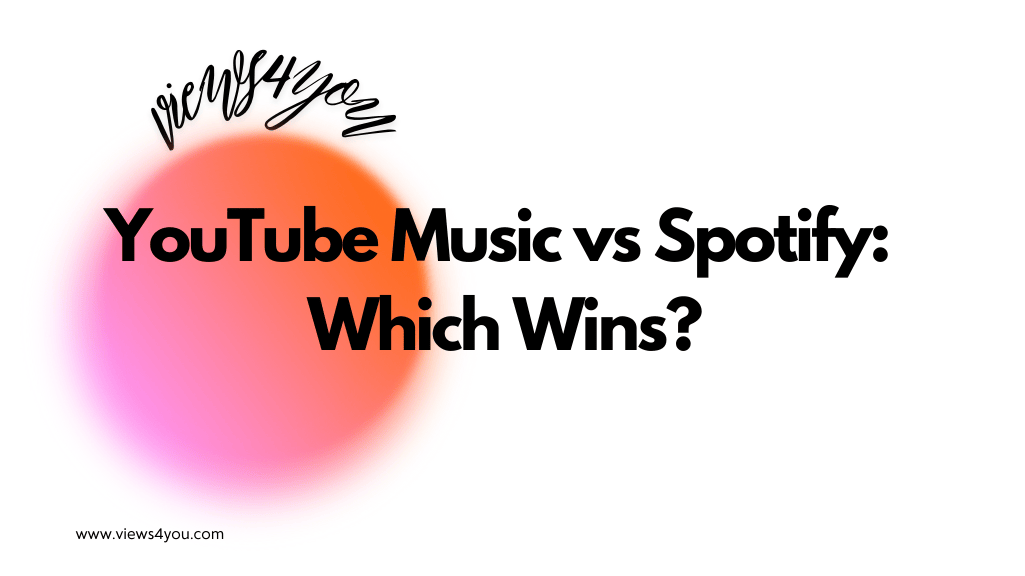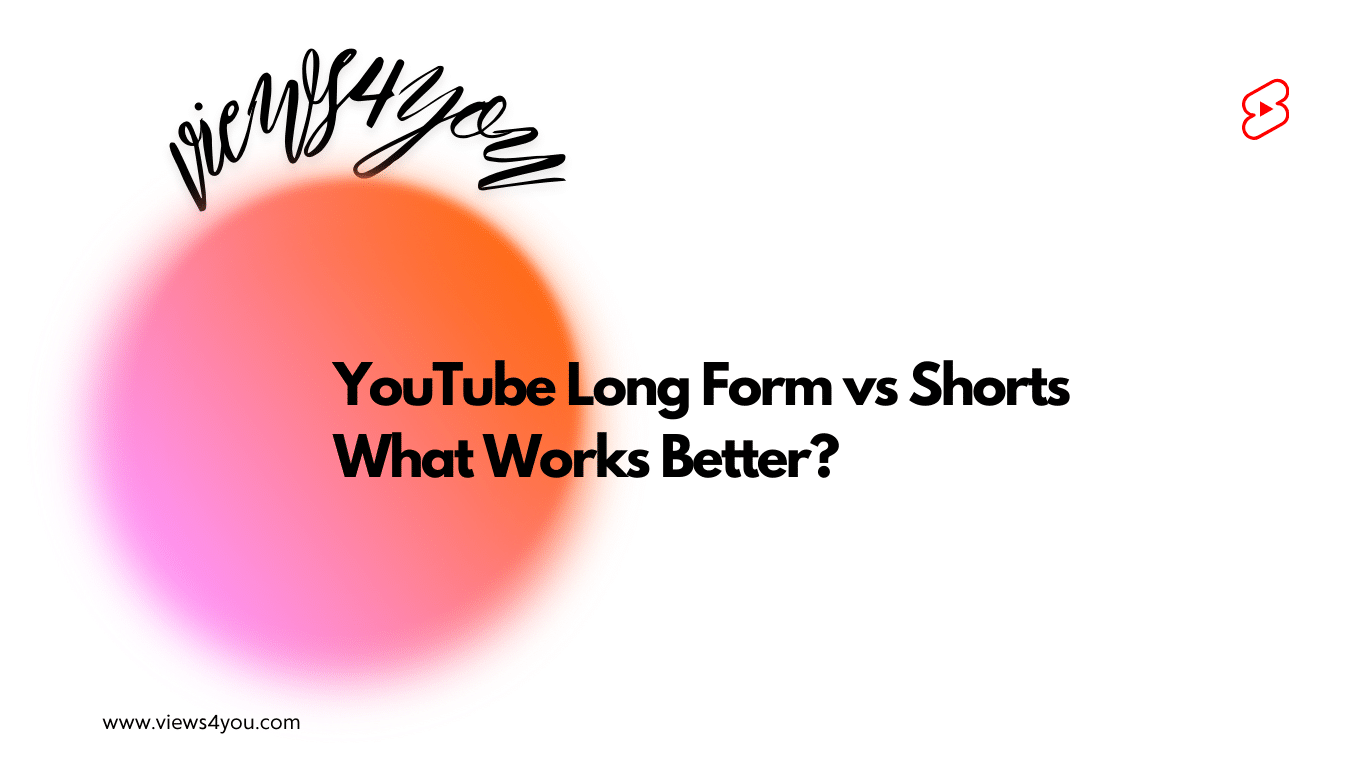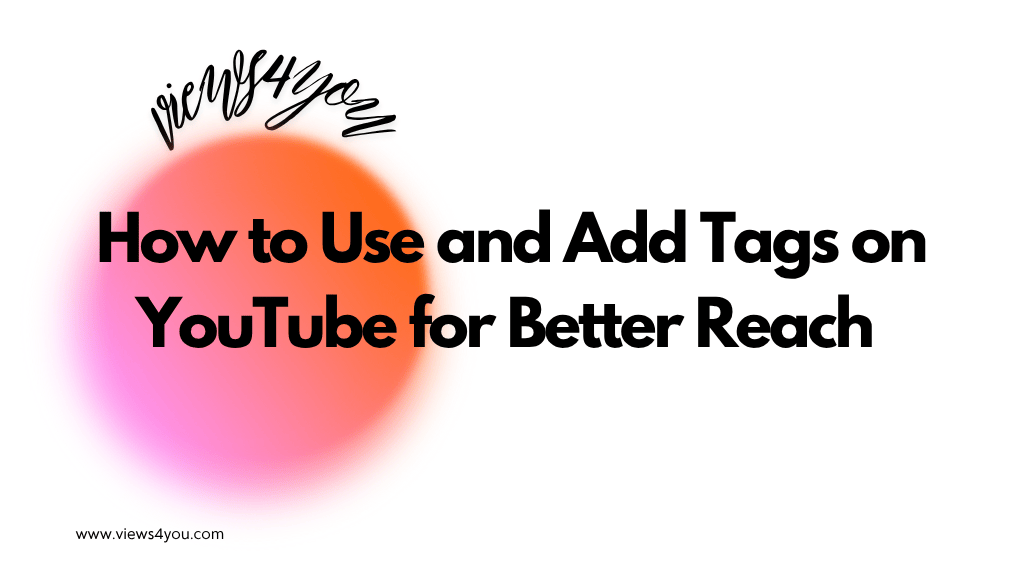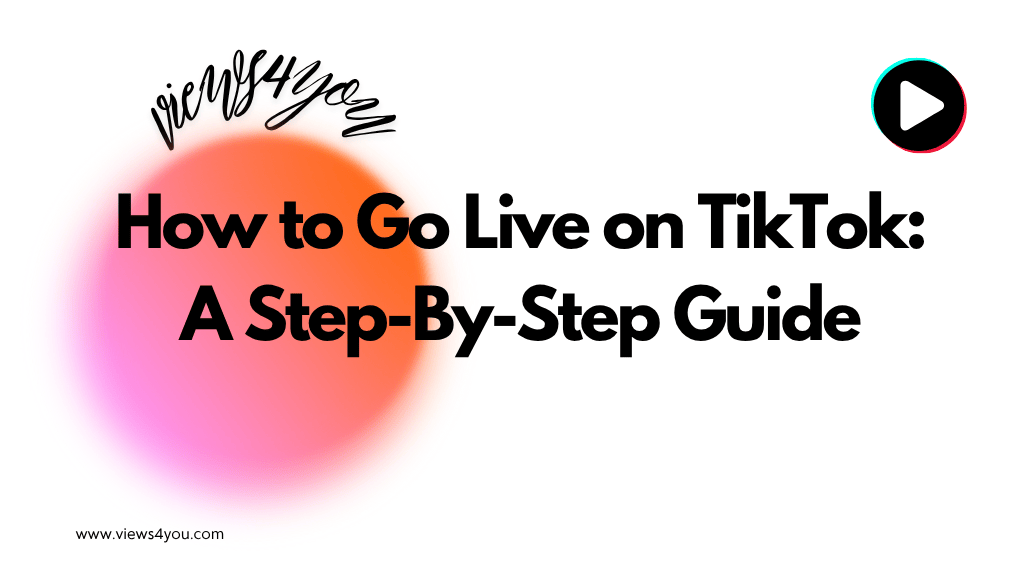- YouTube does not pay per video view but through ad views. Creators earn about $0.01–$0.03 per view, or roughly $18 per 1,000 ad views. With scale, 100K views can bring $120–$2,000, while 1M views may reach $1,200–$14,000, depending on CPM and niche.
So, how much does YouTube pay in real life? It is the question almost every creator asks when starting out. There is no single number that applies to everyone, because the platform’s earnings depend on several moving parts—content type, viewer demographics, engagement, and advertiser competition.
This guide explains the basics of how revenue is calculated and why some videos earn significantly more than others. By looking at examples across 1,000, 100,000, and 1 million ad views, it becomes easier to understand what YouTube actually pays and how creators can set realistic goals for their channels.
Does the YouTube Platform Pay Per View?
A common misconception is that YouTube pays for every video view. In reality, the platform does not hand out money simply because someone clicked on a video. Earnings come from advertisements. That means only when ads are served and viewed, or when viewers interact with them, does revenue start to accumulate.
Consider this: a video might gain 50,000 total views, but if only a fraction of those views display ads, the income will be based on that smaller number. This is why factors like video niche, audience engagement, and ad placement strategies are more important than raw view counts.
How Much Does YouTube Pay for Ad Views?
Advertising is the backbone of YouTube income. After joining the YouTube Partner Program, creators allow ads to run on their videos. YouTube keeps 45% of what advertisers spend, while the creator receives 55%.
The typical pay rate falls between $0.01 and $0.03 per view, though this is only an average. A creator might make $0.018 per ad view, which equals about $18 for every 1,000 views.
Studies show that top earners—roughly the top 3% of creators—can collect over $17,000 annually from ads alone. For most, however, earnings hover around $1,200 per week or $5,400 per month. The variation depends on audience quality. Ads aimed at viewers in the U.S. or Europe often pay more than those targeting other regions, since advertisers bid higher for those markets.
How Much Does YouTube Pay Per 1,000 Ad Views?
Looking at earnings per 1,000 ad views offers a clearer picture. Depending on niche and CPM, revenue might range between $2 and $20. Entertainment or lifestyle content tends to fall toward the lower end, while business, finance, or technology content can reach the higher side.
For example, a creator making educational videos about investing may consistently earn more per 1,000 views than a comedy channel with the same audience size. The keywords advertisers target and the demand for certain topics strongly influence these differences.
How Much Does YouTube Pay for 100K Ad Views?
When a single video achieves 100,000 ad views, income can range from $120 to $2,000. The exact number depends on CPM, which is shaped by niche and audience. A beauty vlogger, for instance, may earn closer to the lower end, while a business channel discussing real estate or marketing could land closer to the top.
Reaching this milestone usually means a channel is growing consistently. At this stage, many creators begin attracting sponsorship opportunities or affiliate deals, adding new layers of revenue. In some cases, 100K ad views per video can mark the turning point between hobby content and a sustainable side income.
How Much Does YouTube Pay for 1 Million Ad Views?
Hitting 1,000,000 ad views is a defining moment for any creator. It confirms strong reach and positions the channel as influential in its niche. Earnings at this level generally fall between $1,200 and $14,000, depending on CPM rates.
The wide range exists because not all views are equal. A one-million-view video targeting U.S. professionals in finance will likely earn far more than one targeting teenagers worldwide with casual entertainment. Video length, ad format, and viewer engagement also add layers of variation.
At this scale, most creators no longer rely solely on ads. Merchandise sales, course offerings, and brand partnerships often become significant income streams. For many, the million-view milestone is when YouTube transforms from a side project into a full-time career.
Beyond Ad Revenue
Ads are just one part of the story. Creators with consistent traffic often explore memberships, live stream donations, sponsorships, and affiliate marketing. But reaching and maintaining enough YouTube watch hours is what makes all these opportunities possible in the first place; it’s the foundation that keeps a channel visible, monetized, and growing. Some diversify further by building communities on Patreon or selling their own products.
FAQs
Can I make money from ads on YouTube Shorts?
Yes, Shorts can generate ad revenue, but the format is limited. With only up to 60 seconds per video, there is less room for ad placements. As a result, Shorts usually earn less than long-form videos. Still, for visibility and audience growth, they remain valuable.
Who are the highest paid YouTubers in 2025?
Names like MrBeast, Jake Paul, Markiplier, and Ryan’s World dominate the list thanks to high-quality content and massive audiences. Their strategies often include ad revenue, sponsorships, and business ventures outside YouTube.
Do YouTubers get paid monthly?
Yes. Payments are issued through AdSense once earnings surpass $100. If the threshold is not met, the balance carries over to the next month. Payouts usually occur between the 21st and 26th.
When does YouTube start paying you?
A new channel must first qualify for the YouTube Partner Program, which requires meeting subscriber and watch-hour thresholds. Only after reaching eligibility can a creator start monetizing through ads and other revenue tools.









